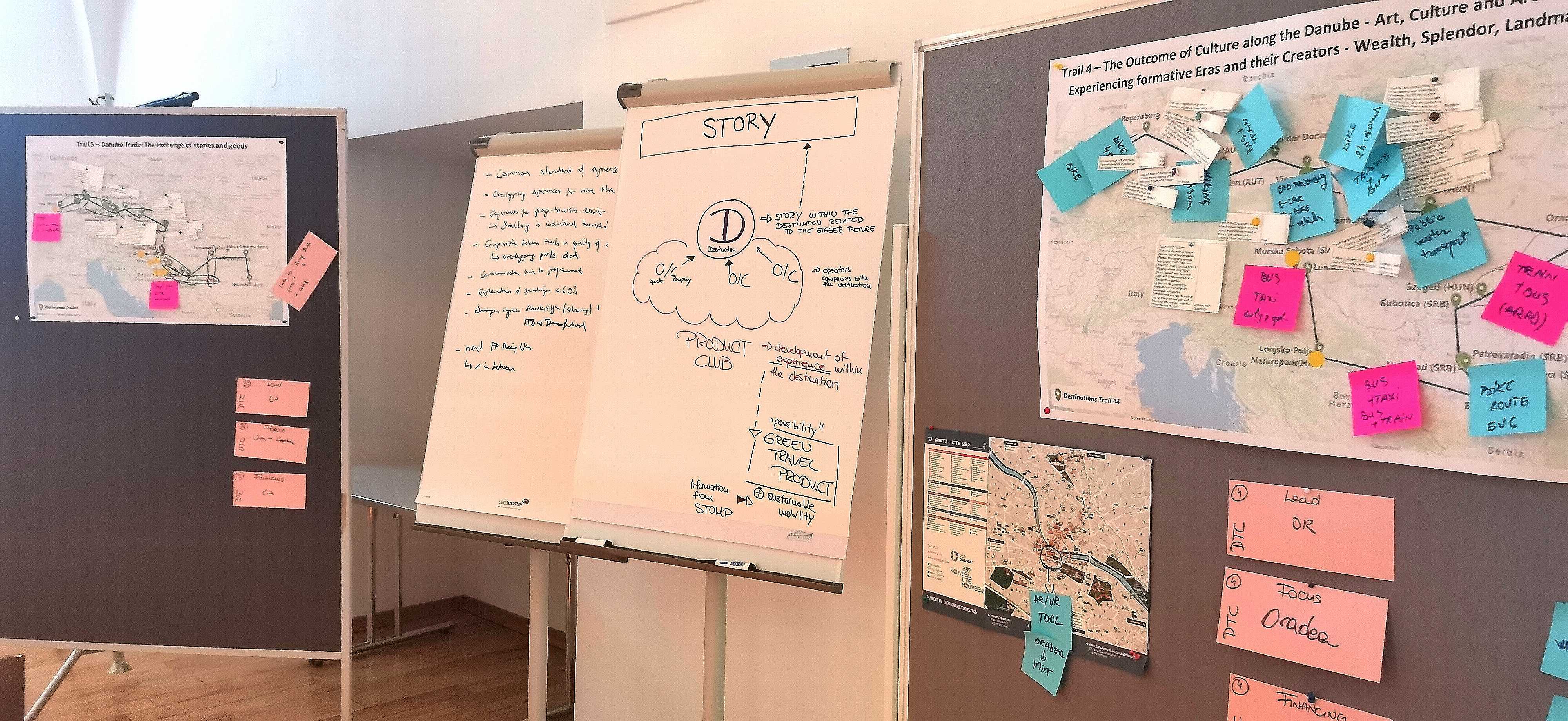Unveiling the Transdanube Travel Stories Project with Serbian Project Partner
12-09-2023
The Danube region has an abundance of cultural and natural wonders. Recognizing the need for innovative approaches to utilize this rich heritage, a new transnational initiative has emerged - the Transdanube Travel Stories project. This collaborative initiative seeks to redefine the narrative of the Danube region by merging new narratives and innovative mobility management. The ultimate aim? To firmly establish the Danube as a standout sustainable tourism destination in the European market. In this interview, we will gain insights from our Serbian partner, Danube Comptence Centre, exploring their perspectives on this remarkable journey.
12 September, 2023
The team of the Danube Competence Center.
1. How have the project results been used?
The Transdanube Travel Stories project aimed at transforming the Danube macro-region into an attractive tourist destination. One of the core strategies we've employed is the development of new narratives that link selected sites along the Danube to a compelling story, which can be experienced by tourists. We recognized that individual sites alone might not be enough to attract visitors, but by creating a trail of interconnected stories and experiences, we could generate significant interest and foster a collective memory of the Danube region.
One of the key outcomes of the project is the creation of green travel products. These products are now available to travel agencies, enabling them to offer story and experience-oriented packages to tourists. These packages are designed to immerse travelers in the rich cultural and natural heritage of the Danube region, providing a unique and memorable experience.
During the project, we also implemented the Danube Travel Challenge. This initiative was designed to encourage individual travelers to explore the natural and cultural treasures of the Danube region independently. We provided them with the tools and resources developed during the project, allowing them to create their own unforgettable experiences along the Danube.
The Transdanube Travel Stories project aimed at transforming the Danube macro-region into an attractive tourist destination.
2. Was the project's impact on policy making as expected?
The project's impact on policy making was not the primary objective, as our main focus was on changing the approach of touristic regions and organizations. However, the project did have a significant impact on the tourism landscape in the Danube macro-region.
The project's success was demonstrated by our ability to engage relevant stakeholders through the establishment of product clubs and by promoting our ideas at conferences and to interested travelers. By fostering collaboration and sharing innovative approaches, we were able to shift the mindset of key players in the tourism industry towards more sustainable and responsible practices.
3. Have the project results influenced policy decisions or led to any changes in the field?
While we may not have directly influenced policy decisions, our project has indirectly contributed to the broader discourse surrounding sustainable tourism. Our project aimed at supporting sustainable tourism development through innovative promotion concepts and the enhancement of existing mobility management tools. As a result, we have observed notable shifts in the approach of touristic regions and organizations within the field. One of the most apparent changes has been the increased openness of touristic regions and organizations to adopt the new narratives, product clubs, mobility centers, and other innovative strategies that our project introduced. These changes reflect a growing recognition within the field of the importance of sustainability and innovative approaches to tourism development.
4. How can future projects better support use of the results to drive positive change?
The project partnership is a strong platform to drive positive change during project implementation phase. Now the partners will continue to work on the topic, but in their own sphere of influence. For future projects, follow up financing would help to keep activities going and developing further.


